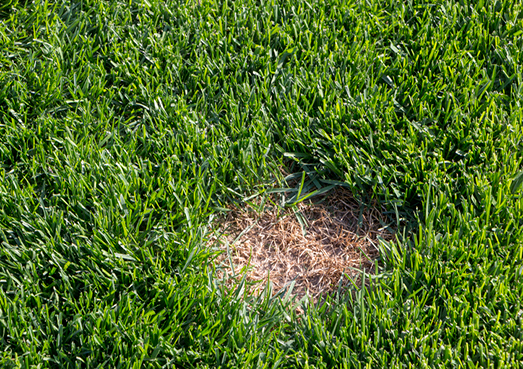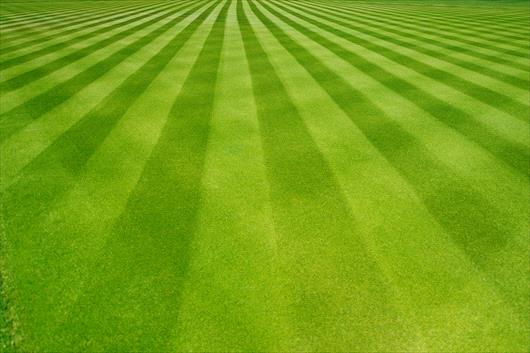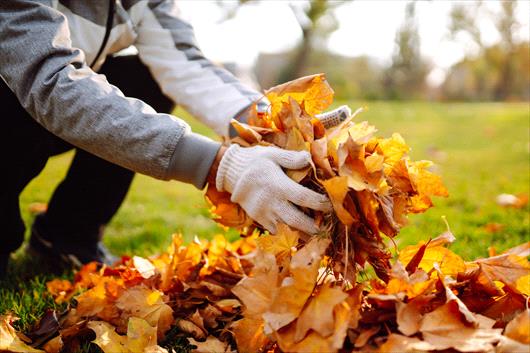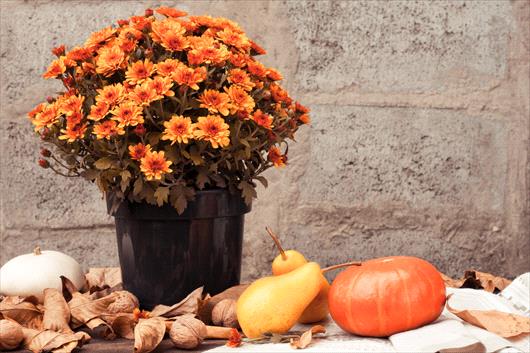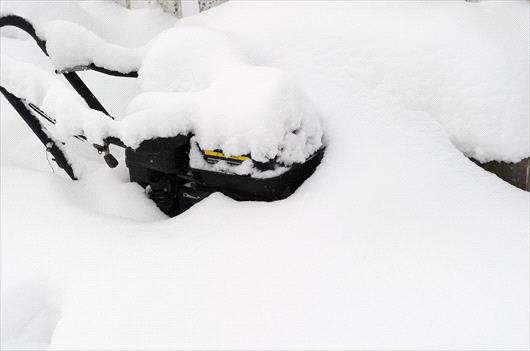Your Cart

Winterizing Your Lawn
Nov 23, 2022
What Steps to Take Now to Ensure a Blooming Spring!
Winter can be a brutal time of year for local lawns. Between stress caused by extreme winter weather, damage from snowplows, and turf-weakening cold-season diseases, many lawns end up looking a little worse for wear once the snow melts. Weed Man has put together a handy guide to help you monitor the state of your lawn over the next few months and be better prepared for early spring repairs when the time comes. Lawn winterization will help prep your lawn for colder temperatures and give it the strength it needs to handle added stressors. The care you take now will play a major role in the healthiness of your lawn come spring. If you’d like a thick, green lawn next growing season – and, let’s face it, who doesn’t want that? – then putting in a little effort now can help in a big way. So, what’s involved in winterizing your lawn? See below for a detailed profile: Sub-zero temperatures, bone-chilling winter winds, and regular snow/ice accumulation aren’t just a pain for homeowners – they also can wreak major havoc on home lawns. Grass is a living organism that can easily become weakened in the face of seasonal pressures. Feed your lawn this fall! Autumn is considered the most important season for lawn fertilization. Specially formulated for cool-season grasses, winterizing fertilizers (also known as winterizers) feature a higher potassium content than the normal spring or summer blend. Not only does potassium help your lawn absorb vital nutrients, it also strengthens the root and crown of grass plants, aiding in winter hardiness. Like a bear going into hibernation, your lawn needs to be fed essential nutrients to ensure its longevity. Applying a late fall/winter fertilizer will help bare areas recover and ensure your lawn greens up quickly next spring. Hang on to that hose just a little bit longer! Given how chilly it’s been outside, you may be tempted to turn off your outdoor water supply for the winter. Before you do, however, monitor rainfall patterns in your region to ensure that your lawn is receiving adequate moisture. If your grass and soil feel dry to the touch, supplement precipitation with your own watering. During the usual temperature drop that takes place in October and November, homeowners often find it difficult to maintain a balanced watering regimen. Remember: you don’t want to dry out and damage your lawn before winter hits. When it comes to mowing, it is a good idea to lower your mower height heading into the cooler season. When the grass is cut short, it stands up like a wire brush instead of laying down flat. This helps reduce ice and snow damage that is common throughout the winter months. To learn more about the last mow of the year, read one of our latest blogs, the last cut of the season. Although fallen leaves may look pretty, they can lead to trouble. Leaf coverage restricts the amount of oxygen and sunlight that reach your lawn’s surface. It can also lead to overly wet conditions and, as a result, harmful turfgrass diseases. Make it a family project to head outside and rake the yard one last time before winter hits. CLEAN UP TOYS, FURNITURE & DEBRIS Stack plastic chairs, rake or mulch fallen leaves, and relocate toys and tools to your garage. Leaving these items on the lawn over the winter will smother and suffocate your lawn, making it more susceptible to disease and infestation. As a homeowner, you may receive an unwelcome surprise once the snow finally melts: torn, damaged turf – especially in areas of the lawn that border your driveway and sidewalks. In some cases, there is no stopping this from occurring, as snow removal is not exactly a delicate endeavor. Pushing mounds of snow from driveways, sidewalks and parking lots requires horsepower and putting the plow directly to the pavement, and grazing surrounding grass plants in the process is bound to happen. So what can you to make the job of repairing your lawn a little easier in the spring? Talk with your snow removal professional and make sure the guide stakes – those plastic or wooden posts that are placed along the edge of your driveway or sidewalk – are as close to the cement as possible. That will hopefully help the plow operator keep the plow blade on the cement and not in your lawn! As the snow and ice melt away in spring, you may notice an unsightly fungus forming on any wet, matted down grass plants. Snow mold is a common fungal disease that is most often seen on northern turfgrass species. Snow mold fungi live in thatch, soil, and dead leaves within the lawn all year long, feeding on grass nutrients and destroying vital plant cells in the process. Prolonged snow coverage or periods of cool, wet weather provide favorable conditions for snow mold fungi to attack. Fortunately, snow mold will likely improve with better, drier weather, although profession fertilization, topdressing, or reseeding may be necessary depending on the severity of damage the disease leaves behind. Winter can be stressful – but armed with the right knowledge and a partner like Weed Man, your lawn will be able to perform at its best and bounce back in springtime. Although it seems like an eternity away, spring will be here before you know it. Contact your local Weed Man today to schedule a fall fertilization and seeding for your yard. You’ll be glad you did! If you have any questions on what other steps you can take to ensure a speedy lawn recovery for spring, contact your local Weed Man team, today!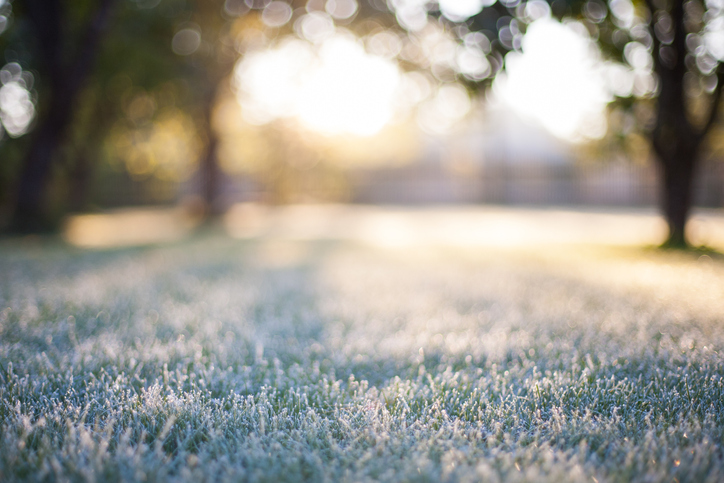
FEED & FERTILIZE
SEASONAL WATERING & MOWING
Rake Fall Leaves to Help Your Lawn Breathe
How to Fix Winter Damage
Snowplow & Shovel Damage
Snow Mold
 English (USA)
English (USA) Français (CANADA)
Français (CANADA)
